
How The U.S. Is Hurting Itself By Crippling Developing Countries With Tariffs And Aid Cuts
U.S. tariffs and aid cuts could drain $128 billion from developing countries in 2025. Behind those numbers are real people losing jobs, schools losing teachers, and factories shutting down.
In 2025, global trade is facing turbulence unseen in decades. U.S. President Donald Trump’s second term has brought a renewed wave of protectionism, with sweeping tariffs on imports from countries around the world and aid budgets under unprecedented strain.
- U.S. tariffs and aid cuts risk draining $128 billion from developing countries in 2025, impacting jobs, education, and healthcare.
- Average U.S. reciprocal tariff rate on imports could rise to 23.3%, squeezing struggling economies with debt, inflation, and climate risks.
- Vietnam, Lesotho, and Micronesia face severe economic hits, with Micronesia risking over 30% of GDP from aid cuts alone.
- Women-led garment sectors in developing countries are most vulnerable, facing job losses and increased poverty as orders decline.
- Aid cuts combined with tariffs create a 'one-two punch,' stripping stability through invisible losses in schools, clinics, and social safety nets.
The White House has justified the tariffs as part of an “America First” agenda, claiming they protect domestic jobs and reduce trade deficits.
U.S. President Donald Trump holds up a copy of a 2025 National Trade Estimate Report in early April. Image credits: Chip Somodevilla/Getty Images
But for low- and middle-income countries, these measures are less about deficits and more about survival. Many nations in the Global South rely heavily on access to U.S. markets and on foreign aid to fund essential services like education, healthcare, and disaster preparedness.
If all announced policies take effect, the average reciprocal tariff rate on all imported goods will be 23.3%.
Experts warn that the combination of trade barriers and reduced aid could create a perfect storm: economies already struggling with debt, inflation, and climate vulnerability may find themselves squeezed from both sides. Exports could shrink sharply while social safety nets falter, leaving governments with few options to shield citizens from economic shocks. The human impact is immediate, measurable, and potentially devastating.
This context helps explain why a seemingly distant political move in Washington can ripple across continents, reshaping lives in Asia, Africa, and the Pacific. In Vietnam, Lesotho, and Micronesia, the consequences are already visible: factories are slowing, school meals are disappearing, and aid-dependent infrastructure is under threat.
Billions vanish overnight
Imagine waking up to find that 0.5% of your country’s entire economy has vanished in a single year. That’s the average forecast for developing economies under Trump’s second-term trade war. For some places, the damage is far worse. In Vietnam, the hit could reach 4.5% of GDP.
In Lesotho, it’s closer to 5%. For Micronesia, where aid makes up a huge share of the economy, the blow could be catastrophic, with more than 30% of national income at risk.
This isn’t just a theory. On April 2, 2025, the White House imposed a 10% baseline tariff on imports from most countries, with even higher rates slapped on nations running big surpluses, with the U.S. Numbers tweaked and extended to countries with which the U.S. is at ideological and economic odds.
At the same time, foreign aid budgets have been slashed, frozen, or tied up in legal battles. Combined, the two moves are set to drain as much as $128 billion from the Global South this year alone.
A supervisor checks denim products as garment workers operate sewing machines in Lesotho’s capital Maseru. Image credits: Per-Anders Pettersson/Getty Images
Unemployed textile factory worker Matau Ratalane, 30, with her 10-year-old son, Tumelo, inside their family flat in Maseru, Lesotho. Image credits: Per-Anders Pettersson/Getty Images
Lives behind the numbers
In Ho Chi Minh City, a garment factory once buzzing with the hum of sewing machines is now eerily quiet. Anh, the manager, says her American clients are demanding discounts she simply can’t afford after the tariffs. Orders have slowed to a trickle. If rates climb again, she admits, the factory will close.
Vietnam’s economy leans heavily on exports of exactly these kinds of products, and a loss equal to 4.5% of GDP is enough to send shockwaves throughout the workforce, most of whom are women.
A continent away, in the small landlocked country of Lesotho, the story is just as stark. For years, the knitwear industry there has been built around American demand. Those contracts are now evaporating. Factory owners are preparing for mass layoffs, while U.S.-funded aid programs are shrinking.
Donald Trump meeting with African leaders at the White House in July. Image credits: The White House
The national school feeding scheme is one of the first casualties. Thousands of children who rely on a daily meal are now at risk of going hungry. For Lesotho, the projected losses are split between exports and aid, with both lines collapsing at once.
In Micronesia, the crisis looks different but feels just as urgent. Here, exports are minimal, but American aid makes up nearly a third of the country’s GDP. Teachers’ salaries, medical supply chains, and even the small boats that carry medicine to outer islands all depend on those funds.
When the transfers stop, things don’t slow down — they simply halt. One health worker in Pohnpei put it plainly, “Without U.S. aid, we don’t just lose the medicine. We lose the way to get the medicine to people who need it.”
Why this hits harder than inflation
What’s striking about these stories is not just the fragility of each country, but the way the shocks pile up. Tariffs are visible at ports and borders, where containers get stuck and customs queues grow longer. Aid cuts are invisible, felt instead in empty classrooms and unstocked clinics. Taken together, they represent a one-two punch that strips away stability where it is most desperately needed.
The human costs fall unevenly. In Vietnam and Lesotho, women are on the front lines, as they dominate the garment and knitwear sectors most vulnerable to U.S. tariffs. When orders disappear, it is mostly women who lose jobs, and mostly children who suffer when household budgets collapse.
At the same time, cuts to aid programs like school meals and health clinics multiply the burden on families already under stress. Economists call this a “distributional impact,” but for the people on the ground, it’s more immediate: fewer wages, less food, and more stress.
A female worker at a Vietnamese garment factory. Image credits: Anadolu/Getty Images
An employee working on fabric orders in Ho Chi Minh City, Vietnam. Image credits: Anadolu/Getty Images
The macroeconomic ripples extend far beyond the factory floor. Researchers at Yale have projected that Trump’s 2025 tariff package could reduce U.S. exports by 16% in the long run. That means less global demand across the board, hitting suppliers everywhere.
For countries already struggling with debt and inflation, the timing couldn’t be worse. Governments with shallow capital markets are being forced to choose between cutting social spending or piling on more expensive debt. Aid once acted as a stabilizer during such crises. Now it is part of the crisis.
Searching for silver linings
And yet, some countries are trying to adapt. In Asia and Africa, governments are pushing for new regional trade deals, hoping to reroute exports to neighbors rather than relying so heavily on the U.S. and Europe.
Association of Southeast Asian Nations (ASEAN) states are trading more amongst themselves, and Africa’s continental free trade agreement is slowly gaining traction. There are signs of South-South resilience, with companies experimenting in new markets. But a hoodie designed for a U.S. department store doesn’t instantly find a buyer in Lagos or Jakarta, and much of the surplus ends up sold at a loss.
Some businesses are also attempting to move up the value chain by focusing on design and branding, or finishing closer to consumers. Those with stronger domestic markets or regional hubs may have a chance. But upgrading requires investment, and with aid drying up and borrowing costs high, few have the capital to make such leaps. In the meantime, survival is the name of the game.
Leaders at the 46th ASEAN Summit in Kuala Lumpur, Malaysia, in May. Image credits: China News Service/Getty Images
There is a growing recognition that social protection isn’t just about welfare. It’s industrial policy, cash transfers, childcare subsidies, and school feeding schemes. These keep human capital intact during downturns. Protecting women workers through stipends or severance enforcement helps economies bounce back faster. For developing nations under tariff fire, keeping these protections alive may be the only way to prevent a lost generation.
The road ahead
What happens next depends in part on Washington. Trump’s tariff orders were written to allow changes at the stroke of a pen. July-August already brought one set of tweaks. More could follow. Legal battles over aid freezes are also ongoing, and a Supreme Court ruling in the administration’s favor would cement a precedent of stop-start funding cycles.
In the meantime, countries like Vietnam are showing signs of strain as U.S. authorities clamp down on goods suspected of being rerouted through third countries to dodge tariffs. Cambodia, Nicaragua, and Thailand are watching nervously, knowing they could be next.
Traders work on the floor of the New York Stock Exchange after a volatile week on Wall Street in April. Image credits: Spencer Platt/Getty Images
The bigger question is whether this year’s aid cuts are an American quirk or part of a global trend. The Organisation for Economic Co-operation and Development (OECD) has already projected a 9% to 17% drop in global aid for 2025, following a similar fall in 2024.
If other donors follow Washington’s lead, the Global South could face a systemic aid contraction just as trade barriers rise.
The quiet disappearance of stability
Tariffs make noise when they land. Aid cuts do not. They are measured not in shipping containers but in absences: the absence of a meal in a school kitchen, the absence of drugs in a clinic, and the absence of seawalls before the next storm.
Together, they create a quiet disappearance of stability that no headline about U.S. inflation can capture. For the Global South in 2025, the danger is not just that the hammer of protectionism swings harder, but that the anvil of lost aid gives way beneath it.
Poll Question
Thanks! Check out the results:
1k+views
Share on Facebook


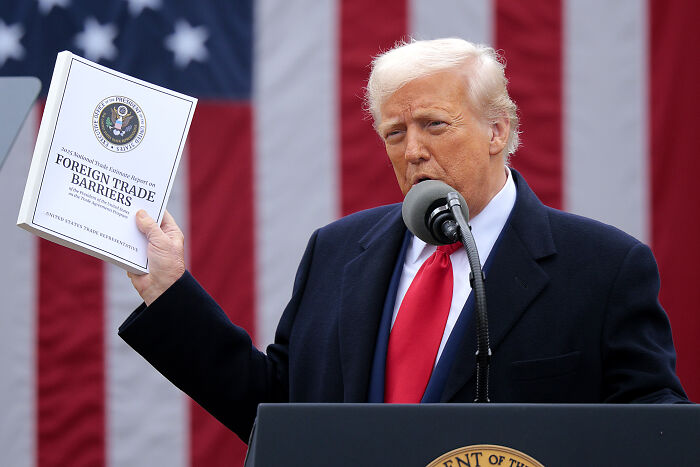
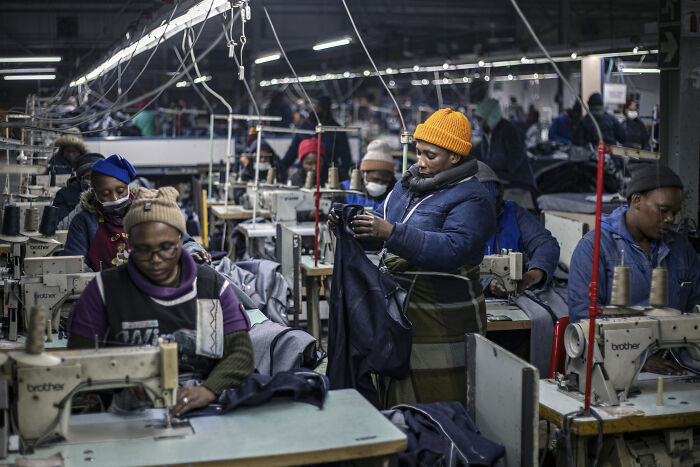

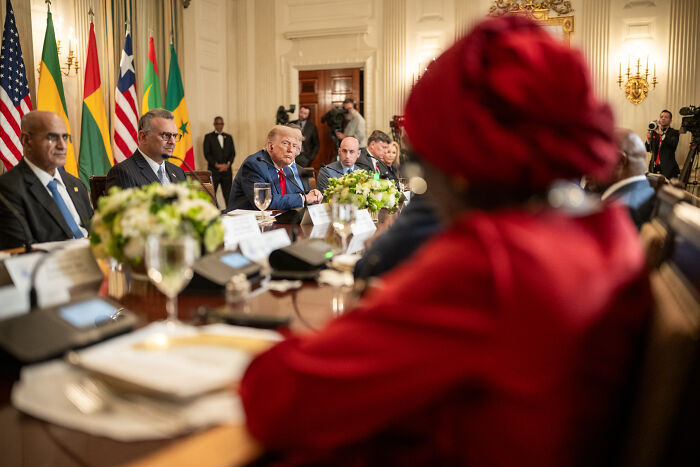
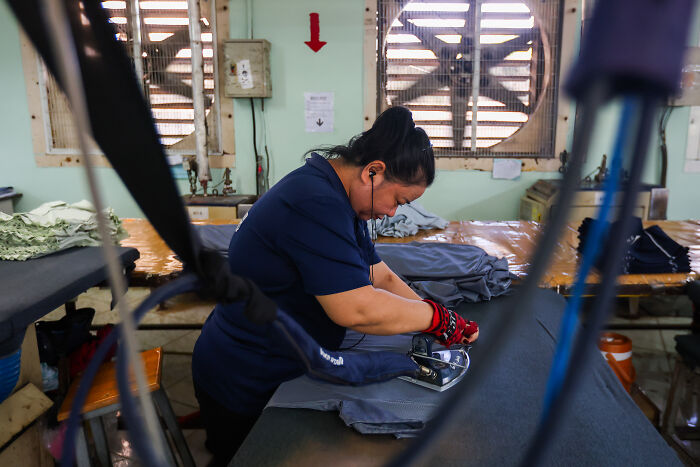
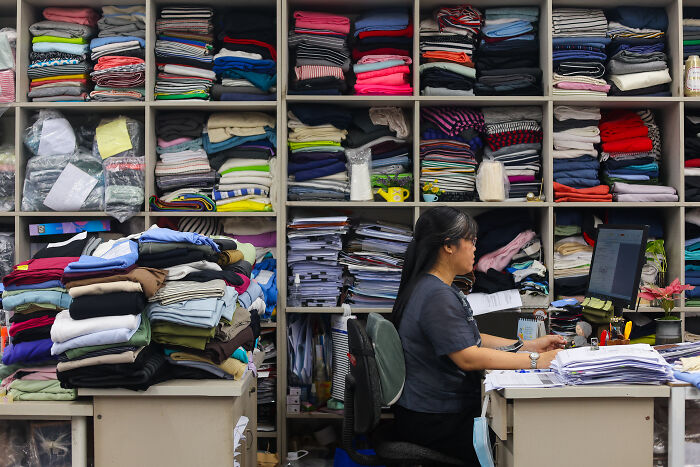

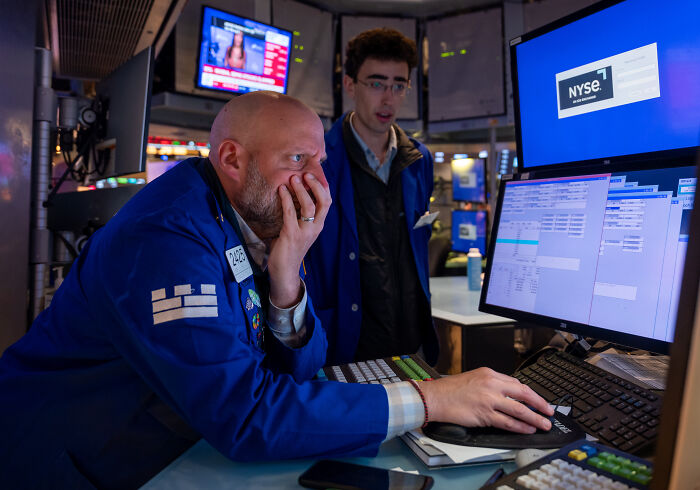



17
0